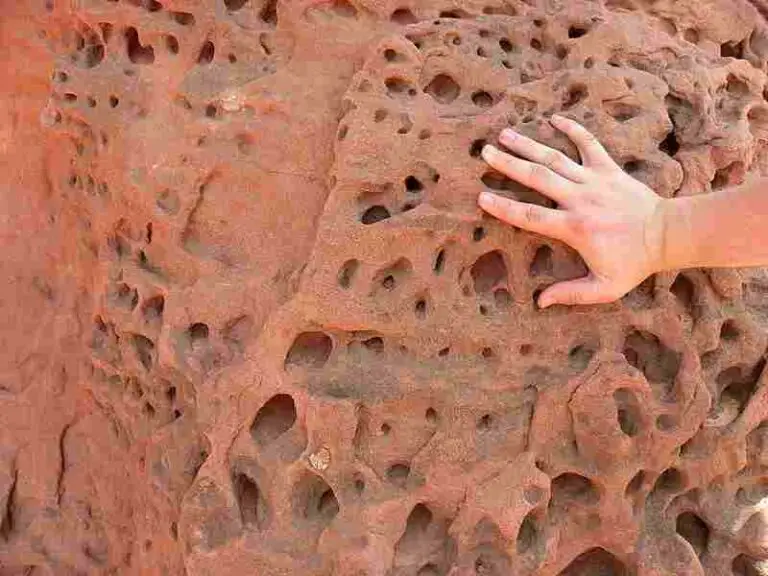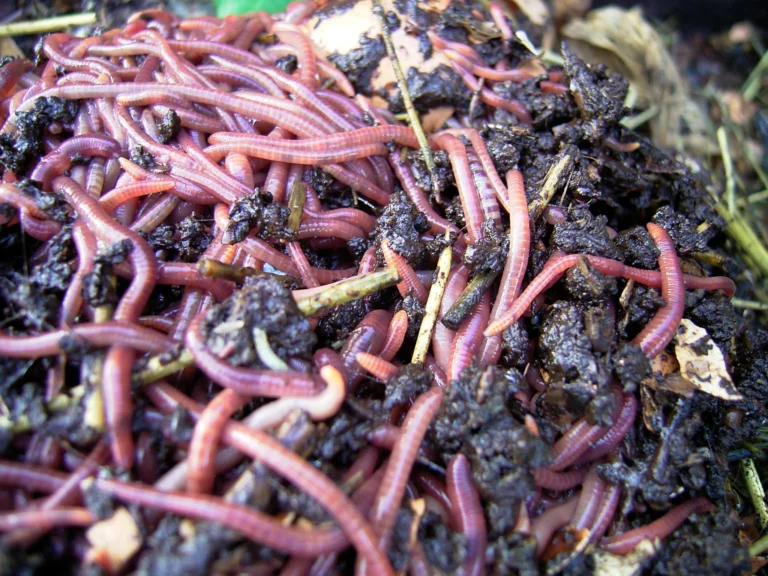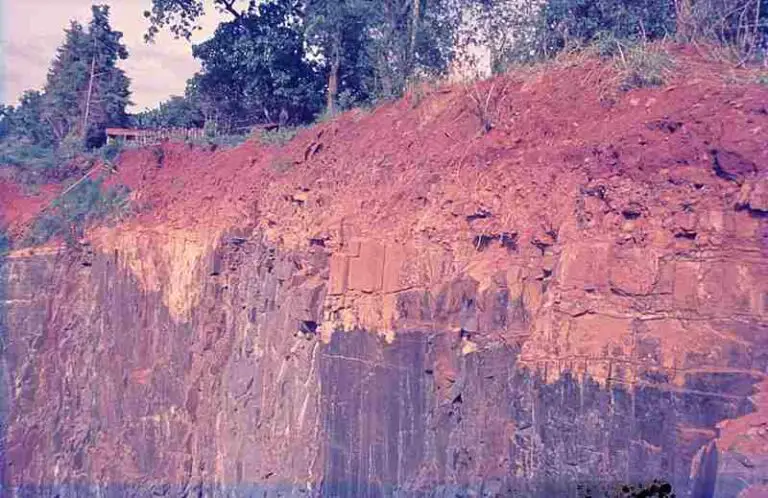Torrefaction Process and Stages Explained
The torrefaction process comprises of moisture vaporization, physical alteration, and chemical alteration.
This article discusses torrefaction process and stages, as follows;
1). Moisture Vaporization (as one of the Stages of the Torrefaction Process)
Moisture vaporization is the first stage of torrefaction.
It can be alternatively described as ‘drying’, and occurs when the feedstock first comes in contact with heat in the torrefier.
Moisture vaporization is mostly a physical process, although is can also be viewed as a dehydration reaction. The rate of loss of moisture is proportional to the amount of heat applied [3], as well as the type and characteristics of biomass involved.
In many cases, moisture (H2O) is lost alongside carbon dioxide (CO2). This is especially the case for highly-carbonaceous feedstock, and can be explained by the fact that biomass is a carbon sink which yields the greenhouse gas when subjected to thermal decomposition.
2). Physical Alteration
In torrefaction, physical alteration is the change in physical characteristics of the substrate, like mass and geometry.
The loss of mass is caused primarily by loss of moisture, and leads to an increase in the density of the substrate undergoing torrefaction [1].
Physical changes occur alongside loss of bioenergy by the substrate or feedstock, although energy loss is usually less than mass loss, which ranges from 20-40%.
Minimizing loss of mass in torrefaction can be achieved simply by ensuring that heating occurs under inert conditions, with limited amount of oxygen.
3). Chemical Alteration (as one of the Stages of the Torrefaction Process)
In torrefaction, chemical changes occur due to the loss of components and alterations in chemical structure of the substrate.
Such effects can be observed in the form of dehydration, gasification and emission of compounds like carbon dioxide.
For most types of feedstock, chemical alteration involves the decomposition of components like lignin and hemicellulose [2].
Significant chemical alteration is possible only at the temperature extremes of the torrefaction process, which includes values that tend toward 300°C. The residue of chemical alteration is a carbon-rich ash known as ‘biochar’.

Conclusion
Torrefaction process is a relatively-simple pretreatment process used to convert biomass to a a charcoal-like residue.
Stages in the torrefaction process are;
1. Moisture Vaporization
2. Physical Alteration
3. Chemical Alteration
References
1). Granados, D. A.; Velasquez, H. I.; Janna, F. C. (2014). “Energetic and exergetic evaluation of residual biomass in a torrefaction process.” Proceedings of the ICE – Energy 74. Available at: https://doi.org/10.1016/j.energy.2014.05.046. (Accessed 9 October 2022).
2). Ma, Z. (2018). “Investigation of biomass torrefaction based on three major components: Hemicellulose, cellulose, and lignin.” Energy Conversion and Management 169. Available at: https://doi.org/10.1016/j.enconman.2018.05.063. (Accessed 10 October 2022).
3). Tumuluru, J. S.; Boardman, R. D.; Wright, C. T.; Hess, J. R. (2012). “Some Chemical Compositional Changes in Miscanthus and White Oak Sawdust Samples during Torrefaction.” Energies 5(10):3928-3947. Available at: https://doi.org/10.3390/en5103928. (Accessed 9 October 2022).




